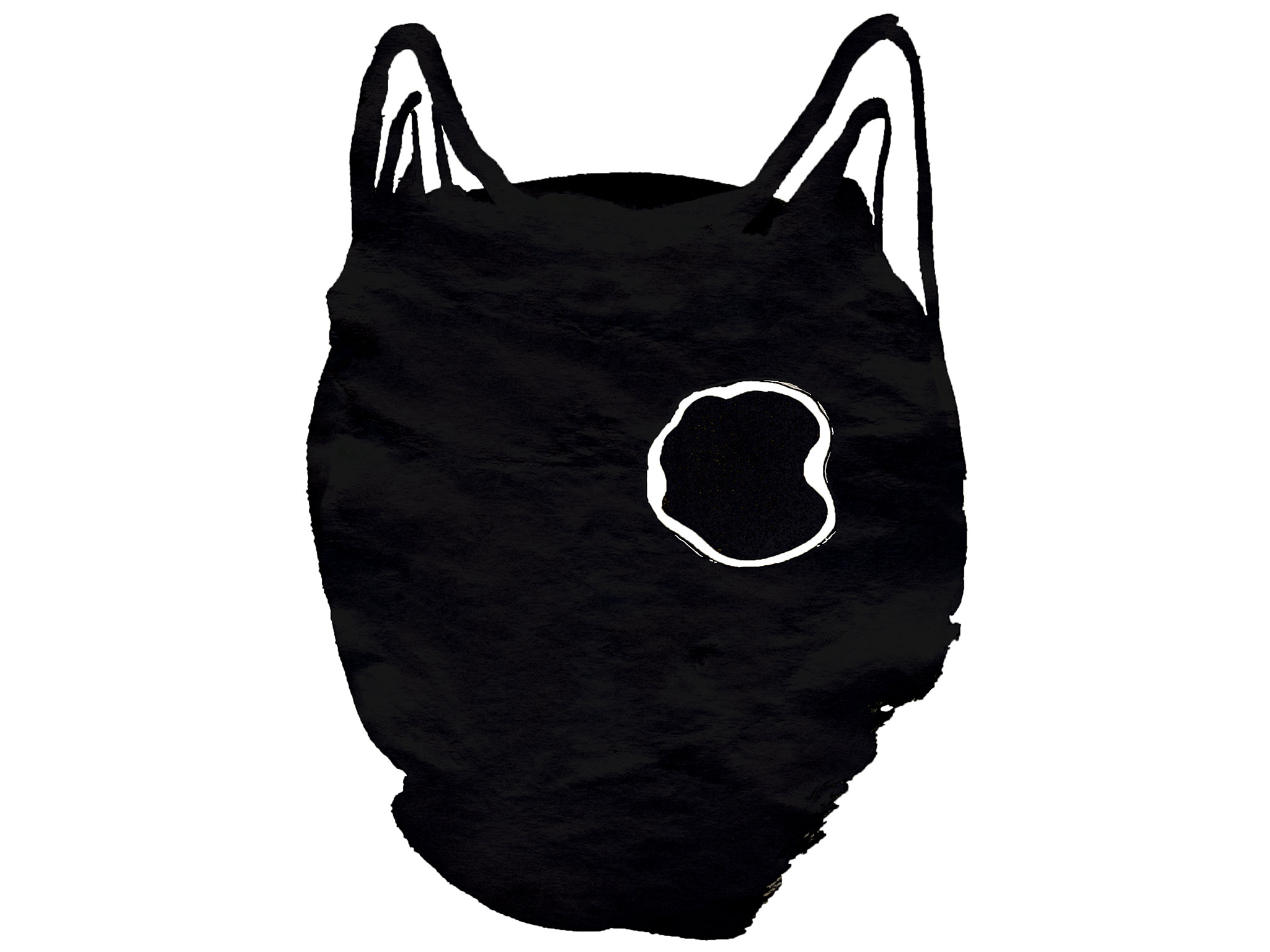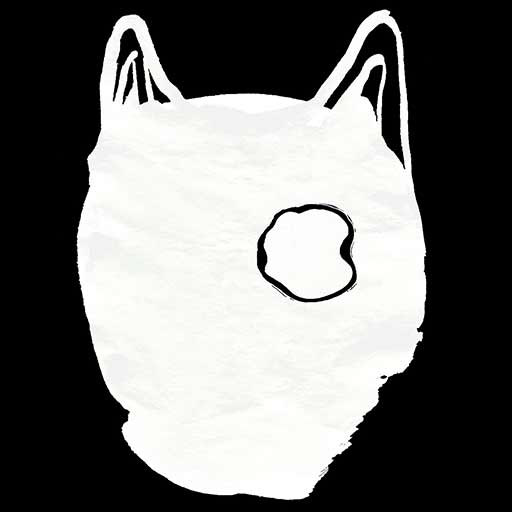Fanzines, unique editions, artists’ books - under this rubric we want to talk about independent publishing. paula roush presents Hypnotic Highway.
Tell us about your publicaton.
My work is called Hypnotic Highway.
Who are the authors?
paula roush: photography, text and design.
I also produced and published it through my imprint: msdm publications
What did you want to talk about?
Hypnotic Highway is a photo book about the hypnotic crisis. The prescription drugs pandemic was having a brutal impact on the United States and Europe, before the new coronavirus shifted attention to the virus pandemic.
I travel regularly between London, where I live, and Lisbon, where my mother lived alone, when in 2018 she asked me for help. I did not imagine that I would find inside the family home a landscape of medicine and hallucinations: the Hypnotic Highway. The photos were taken between the Lisbon apartment and the Santa Maria Hospital, witnessing the impact of Zolpidol - a drug prescribed for insomnia - on mother's physical and psychological condition.
Zolpidol is the name by which Ambien is known in Europe, a prescription drug whose devastating effects are well documented in numerous court cases and international press reports. As I looked after mother, I delved deep into research, only to find that her family doctor had made her dependent on the same drug that killed actor Heath Leder at age 28 and destroyed five years of musician and rapper Eminem's life when he was just 30 years old. The same drug that turned so many people with regular family lives and careers into 'ambient zombies': people with no memory of their actions under the influence of
medication, some of which I found in the waiting rooms of Hospital de Santa Maria, also looking for help.
I read the report 'Living With A Prescription Drug Addict Mother Compelled Me To Fight Big Pharma and Win (Living with a mother addicted to prescription drugs motivated me to fight the big pharmaceutical companies and emerge victorious)' by attorney Susan Chana Lask, about her Ambien Class Action I against Sanofi Aventis, the pharmaceutical company behind the hypnotic epidemic; This text helped me identify the harmful impact of the company whose logos I found scattered around the house, printed on the plastic bags sold by local pharmacies with the pills inside.
Mother's physical body did not survive the hypnotic crisis, and the diary I started as a record of our time together is now part of the photobook, which is a personal photo essay, as well as a call to action.
As Susan Chana Lask so eloquently wrote: "The doctors who killed my mother continued to practice medicine after her death. They never asked how she was doing.
They are drug dealers."
Technical questions: what materials are used, how many pages are there, what is the print run and what colors were used?
The book is laser printed, in black and white, on recycled paper. It has 108 pages, 33 photographs with additional family and archival research photographs.
It measures 16 by 22 centimeters closed. The binding is Coptic and is protected by an encosure/ box. The first edition is 88 copies (mother's age.)
Where is it for sale and what is the price?
It is for sale at Atelier Pop-Up at Palacio Pancas Palha, in Lisbon, which also has other of my publications.
It costs 80 euros.
Why make books and publish today?
Each publishing project has a different reason,
which unites photographic research and the theme
with the desire to communicate with the public.
In this book, there is the energy of activism,
the struggle for the right to health and well-being
without the threat of interference by pharmaceutical corporations in this human right.
The photobook offers the photographer the possibility to present in-depth research related to an urgent topic, independently.
Recommend us a recent publication by a portuguese author
Diary III of Isabel Baraona. Here is its presentation: "The drawings, gathered in this modest A4 volume, are - in a challenge to what i had initially predicted- a kind of journal of the quarantine. There are 20 special copies that include the sheets of chemical paper used to make the original drawings, which are reserved for the first orders."

